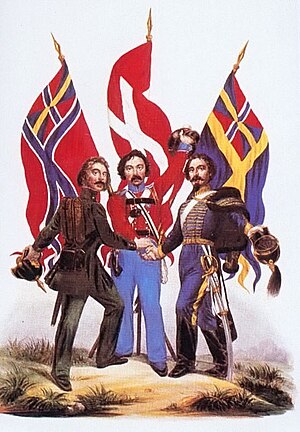Stieg Larsson everybody knows. With Jo Nesbo it is not the same, despite the many books this guy has already written. After the whole buzz about Stieg and its world-famous Millennium series, the seek for the next thing to read was unstoppable. So I stumbled upon Jo Nesbo, also Scandinavian, but from Norway. Now I dare to do this comparison, although one might argue that it might be too soon, as I have read 1800 pages of Stieg and only 480 from Nesbo. Nevertheless, crime fiction has its rules and Nesbo also writes a series with one character (Harry Hole). So allow me to infer that all Nesbo’s books with Harry may have similar content and characteristics. So, here we go:
- Personas. Stieg have created Lisbeth Salander, the most innovative and intriguing character in decades. Also others like Bloomkvist and the Vanger family are very well constructed personas. Nesbo’s Harry is a detective with some peculiar aspects, but does not surprise that much. Stieg wins by far.
- Plot. Stockholm against Oslo, most of the time. A Tie. But when Nesbo puts Harry in Brazil, for instance, he describes the country, its people and some cities with enormous veracity. Nesbo wins.
- Rhythm. The first 150 pages of The Girl with the Dragon Tattoo were hard to overcome. A real challenge, but once you’ve done with them, the remaining 500 pages of the first book are pure magic. The other two Millennium books suffer also from this sort of valley, but all in all their pace is fine. Nesbo starts his book already at an incredible speed, but strangely is not capable to keep it throughout the entire journey. Stieg wins, but also a tie could be an option.
- Climax. The chain of action that leads to the superb end in Millennium 1 is not so well repeated in The Girl who played with Fire and also not in The Girl who kicked the hornet’s nest. The book I’ve read from Nesbo is also not so fantastic in this regard. Stieg wins only by a nose.
- Extras. Stieg builds some other very astonishing stories around the main one. These stories are also involving and interesting and they give you many insides on Sweden, on financial crimes, on violence against women. All of a sudden, it is not anymore just crime fiction, but something else. Stieg wins undoubtedly.
So, in a nutshell, Stieg 4, Nesbo 1 or Stieg 4, Nesbo 2. You chose. But Stieg wins and the search continues.
Related Articles
- New in crime fiction: The latest mysteries and thrillers (theglobeandmail.com)

